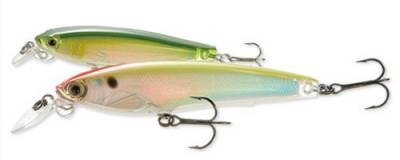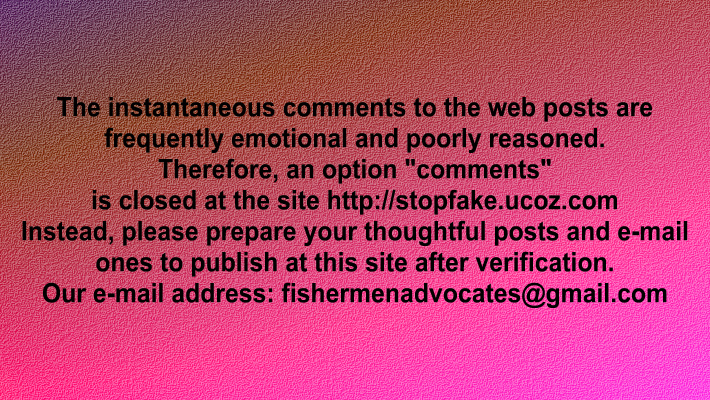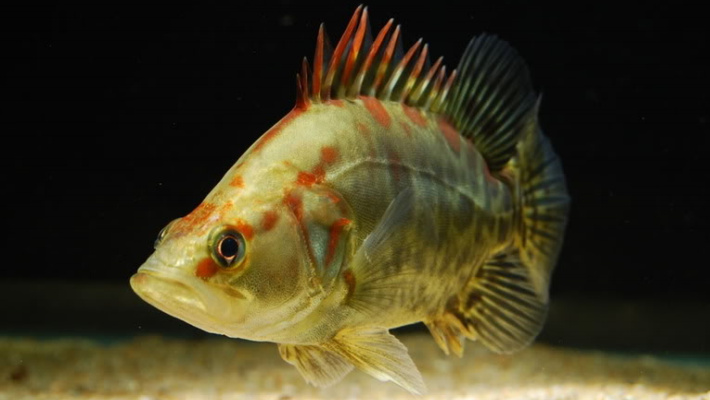|
Attractive
visual spots play an important role in defensive, feeding, agonistic,
courtship, parental and other visually guided behavioural responses in fish
(for review, see Price et al., 2008) as well in many other animals. Now to
study the influence of spots on these responses (starting with the first
techniques: see Rowland, 1979), more perfect dummies, fishinig lures, computer
images and live fish with manipulated coloration are chiefly used.
Interestingly, in many cases modern fishing lures are more
perfect than models used in scientfic research.
Coss (1979)
has conducted laboratory experiments with early fry of jewel fish, Hemichromis bimaculatus, and artificial
models of head of adults equipped with symmetric and asymmetric spots. It is
shown that models with two horizontal spots induce the most intensive
fright responses of fry than any others. According to Blest (1957), pair
horizontally arranged crosses, plain spots and eye-spots induce fright responses in
birds. It is shown in experiments with naïve chicks, Gallus gallus domesticus, that any asymmetry in size, shape and
color of pair stimuli affects their effectiveness (Forsman & Herrström, 2004). The
effectiveness of spots as amimetic stimuli is detemined by common mechanisms of
visual perception. So the foregoing preferences for specially arranged spots is
valid in context of other behavioural responses.

Figure 1. Yo-Zuri 3D Minnows (read text)
In fishing,
there are numerous deviations from the foregoing ethologically grounded design
patterns. For example, Yo-zuri Company uses design patterns with one
postopercular dark spot for wobblers 3D Minnow and other lures (Fig.1). Really, many
herring, such as Atlantic menhaden, Brevoortia tyrannus, have typically one dark spot bihind
opercle. Atlantic thread herring, Opisthonema
oglinum, and other herring can have, in additon, lateral spots. However, it
does not mean that colorations of wobblers and live models must be matched. Cast your attention that postopercular
spot form with an "actual” well marked eye an asymmetric bilateral pattern
(Fig. 2). In the light of the saying above, it is clear that similar design
patterns must be considered as incorrect. 
Figure 2. Asymmetric eye-spots (read text)
Basic References
Blest A.D.
1957. The function of eyespot patterns in the Lepidoptera. Behaviour 11, 209-256
Coss G.R.
1979. Delayed plasticity of an instinct: Recognition and avoidance of 2 facing
eyes by the jewel fish. Developmental
Psychobiology 12, 335-345
Forsman A.,
Herrström J. 2004. Asymmetry in size, shape, and color impairs the protective
value of conspicuous color patterns. Behavioral
Ecology 15, 141-147
Price A.C., Weadick C.J., Shim J., Rodd F.H. 2008. Pigments,
patterns, and fish behavior. Zebrafish
5, 297-307
Rowland
W.J. 1979. Some methods
of making realistic fish dummies for ethological research. Behavior Research Methods & Instrumemation 6, 564-566
|








 SUBSCRIBE
SUBSCRIBE




